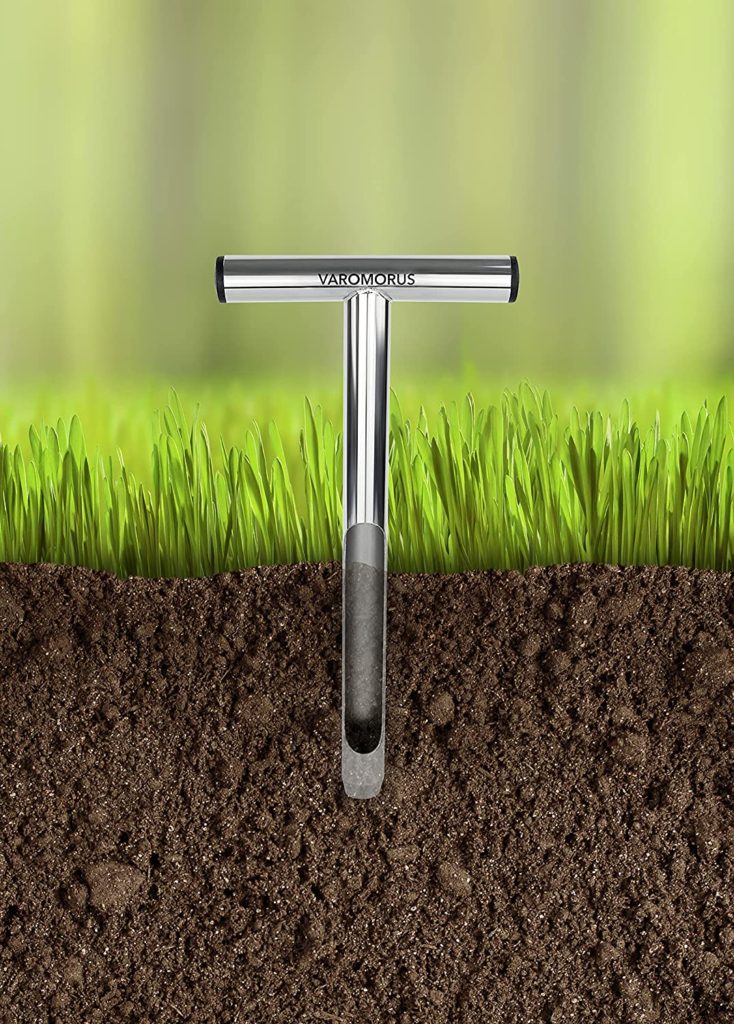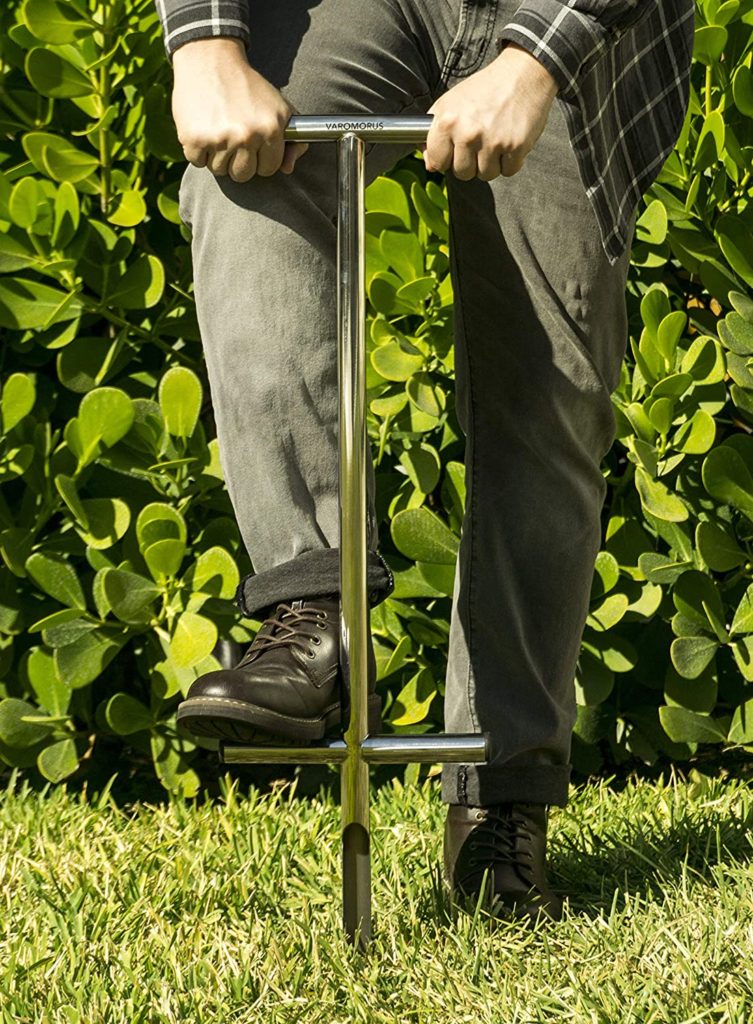
Excessive rains and prolonged droughts make it nearly impossible to know if we have the right soil moisture for mirlitons. Extremes in soil moisture–too much or too little–can stress the plant and cause diseases. Mirliton growers in Brazil long ago took the guesswork out of determining exactly how much available moisture lies below the surface. They use an inexpensive “soil sampler” which allows them to take a core sample of their gardens/fields and see and touch the soil at all levels. You can’t beat that.
.
You can buy a small soil sampler for less than $20, or if you are like me and have an old worn-out back, you can get a 36” one with a footstep. Once you pull up a core, you can pop it out onto a table touch the soil at each level and to feel for moisture levels. A mirliton’s primary root zone is in the top 7” of soil, so no more drowning or dehydrating your plants. Watch this clip on how easy it is to use.
Buy the 12” one here
Buy the 36″ one here
Here’s a short video on how to use the “sight and touch” method for the core sample you take.
